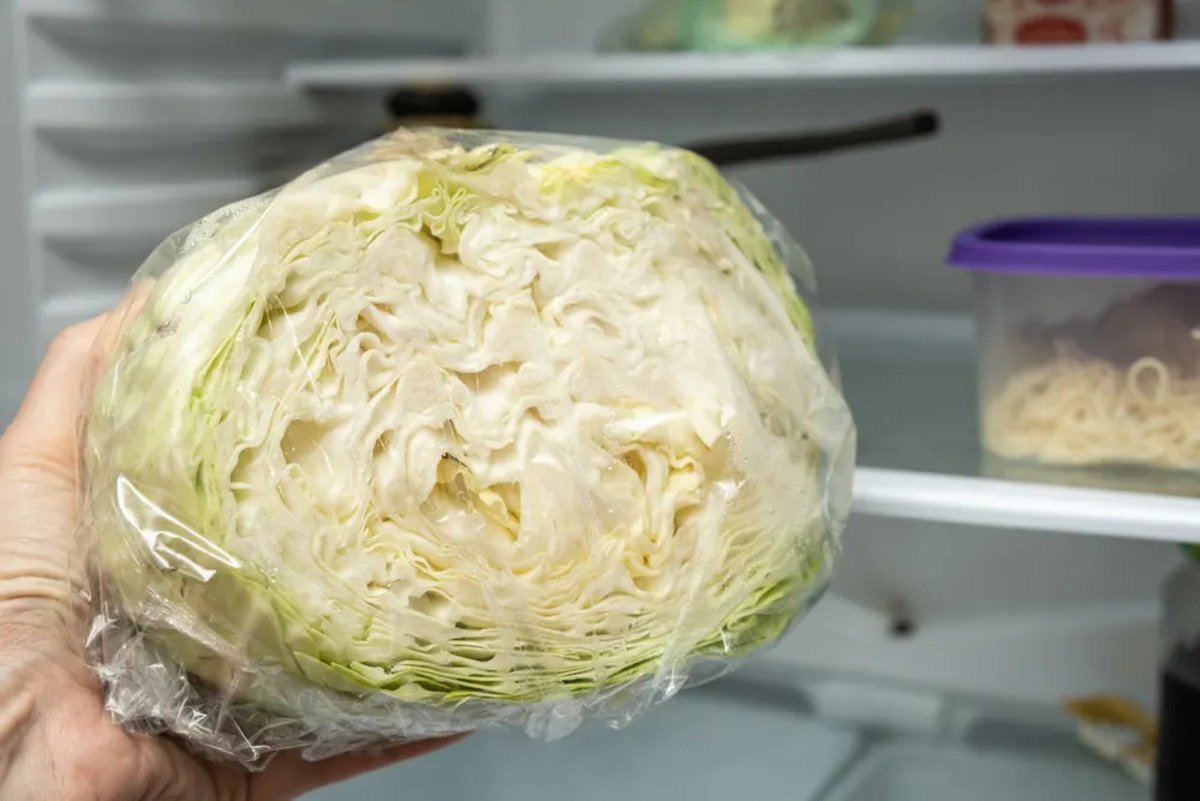

Articles
How To Store Cabbage In The Refrigerator
Modified: August 17, 2024
Learn the best way to store cabbage in the refrigerator and keep it fresh longer. Read our informative articles and tips on cabbage storage.
(Many of the links in this article redirect to a specific reviewed product. Your purchase of these products through affiliate links helps to generate commission for Storables.com, at no extra cost. Learn more)
Introduction
Welcome to the comprehensive guide on how to store cabbage in the refrigerator. Cabbage is a versatile and nutritious vegetable that can be enjoyed in various culinary creations. Whether you have leftover cabbage from a recipe or simply want to extend its shelf life, storing it properly is essential to maintaining its freshness and flavor.
By taking the time to store cabbage correctly, you can ensure that it remains crisp and ready to use whenever you need it. In this article, we will explore the best practices for storing both whole cabbage heads and cut or shredded cabbage in the refrigerator. We will also share some helpful tips for extending the shelf life of cabbage and using it in delicious recipes.
So, if you’re ready to learn how to keep your cabbage fresh and tasty for an extended period, let’s dive right in!
Key Takeaways:
- Properly storing cabbage in the refrigerator preserves its freshness, texture, and nutrients, ensuring it remains crisp and flavorful for an extended period. Follow simple steps to maintain optimal cabbage quality.
- Utilize stored cabbage in a variety of recipes, from coleslaw to stir-fries and fermented dishes. Get creative in the kitchen and explore the versatility of this nutritious and delicious vegetable.
Read more: How To Store Cut Cabbage In The Refrigerator
Why Store Cabbage in the Refrigerator?
Storing cabbage in the refrigerator is crucial for maintaining its quality and prolonging its shelf life. Here are a few key reasons why refrigeration is the preferred method of cabbage storage:
- Preserves Freshness: Cabbage is a highly perishable vegetable that can wilt and lose its crispness quickly if not stored properly. Refrigeration slows down the moisture loss and helps retain its freshness for a longer time.
- Minimizes Bacterial Growth: The cool temperature of the refrigerator inhibits the growth of bacteria and other microorganisms, reducing the risk of spoilage and foodborne illnesses.
- Prevents Wilting: Cabbage contains a high water content, which makes it prone to wilting when exposed to warm temperatures. Storing it in the refrigerator helps maintain its crisp texture and prevents it from becoming limp.
- Reduces Nutrient Loss: Cabbage is packed with essential nutrients, including vitamins C, K, and B6. Refrigeration helps slow down the oxidation process, preserving these nutrients and ensuring that you get the maximum nutritional value from your cabbage.
- Convenient Storage: Storing cabbage in the refrigerator allows you to have it on hand whenever you need it. This makes meal preparation more convenient and encourages you to incorporate more fresh vegetables into your diet.
Overall, refrigeration is the best method for storing cabbage to keep it fresh, crisp, and nutrient-rich. By taking a few extra steps to store your cabbage properly, you can enjoy its vibrant flavor and texture in various dishes.
Preparing Cabbage for Refrigerator Storage
Before storing cabbage in the refrigerator, it is important to prepare it properly to ensure optimal storage conditions. Follow these steps to prepare cabbage for refrigerator storage:
- Inspect and Remove Damaged Leaves: Start by inspecting the cabbage head for any signs of damage or decay. Remove any wilted, discolored, or damaged outer leaves.
- Rinse the Cabbage: Rinse the cabbage head under cold running water to remove any dirt or debris that may be clinging to the outer leaves. Gently pat it dry with a clean towel or paper towels.
- Choose Suitable Storage Containers: For whole cabbage heads, choose airtight plastic bags or containers that are large enough to accommodate the size of the cabbage. If storing cut or shredded cabbage, opt for resealable plastic bags or airtight containers with lids.
- Label and Date: It’s a good practice to label the storage containers with the date to keep track of the cabbage’s freshness. This will help you identify how long it has been stored and when it should be used by.
By following these simple steps, you’ll ensure that your cabbage is clean, free from damaged leaves, and stored in appropriate containers, ready to be refrigerated for optimal freshness.
Storing Whole Cabbage Heads in the Refrigerator
Storing whole cabbage heads in the refrigerator is a straightforward process that can help keep them fresh for an extended period. Follow these steps to store whole cabbage heads:
- Wrap in Plastic: Take a large piece of plastic wrap and tightly wrap the whole cabbage head. Make sure the plastic wrap covers the entire surface, leaving no exposed areas.
- Transfer to a Plastic Bag or Container: Place the wrapped cabbage head into an airtight plastic bag or container. If using a bag, squeeze out any excess air and seal it securely. If using a container, make sure it has a tight-fitting lid.
- Store in the Refrigerator: Place the bag or container with the wrapped cabbage head in the refrigerator’s crisper drawer or a dedicated vegetable compartment. These areas provide a slightly higher humidity level, which helps maintain the cabbage’s crispness.
- Avoid Ethylene-Producing Fruits: Keep cabbage away from ethylene-producing fruits, such as apples and bananas. Ethylene is a natural gas that accelerates the ripening process and can cause premature wilting of the cabbage.
Remember to check on the cabbage periodically and discard any cabbage heads that show signs of spoilage or decay. With proper storage, whole cabbage heads can remain fresh for up to two weeks in the refrigerator.
Now that you know how to store whole cabbage heads, let’s move on to storing cut or shredded cabbage in the refrigerator.
Store cabbage in the refrigerator in a perforated plastic bag to maintain moisture and prevent wilting. Keep it in the crisper drawer for best results.
Storing Cut or Shredded Cabbage in the Refrigerator
If you have cut or shredded cabbage that needs to be stored, follow these steps to ensure its freshness and longevity:
- Place in a Sealable Bag or Container: Transfer the cut or shredded cabbage into a resealable plastic bag or an airtight container with a lid. Choose a container that is appropriately sized for the amount of cabbage you have.
- Remove Excess Air: Squeeze out as much air as possible from the bag before sealing it. If using a container, press down the cabbage to remove air pockets and ensure a snug fit of the lid.
- Label and Date: Label the bag or container with the date of storage. This will help you keep track of how long the cabbage has been stored and when it should be used by.
- Store in the Refrigerator: Place the bag or container of cut or shredded cabbage in the refrigerator’s crisper drawer or vegetable compartment. These areas offer a controlled environment with slightly higher humidity, which helps keep the cabbage crisp and fresh.
- Use Within a Few Days: Cut or shredded cabbage has a shorter shelf life compared to whole cabbage heads. It is best to use it within 3 to 5 days to ensure optimal freshness and quality.
By following these steps, you can store cut or shredded cabbage in the refrigerator and maintain its texture and flavor for a few days. This makes it convenient for adding into salads, stir-fries, coleslaws, or any other recipe that calls for cabbage.
Now that you know how to store both whole cabbage heads and cut or shredded cabbage, let’s explore some additional tips for extending the shelf life of cabbage in the refrigerator.
Read more: How To Store Cabbage Without Refrigeration
Tips for Extending Cabbage Shelf Life in the Refrigerator
To maximize the shelf life of cabbage in the refrigerator and keep it fresh for as long as possible, consider the following tips:
- Keep Cabbage Whole: If you don’t plan to use the entire cabbage head at once, it is best to store it as a whole. Cutting or shredding cabbage exposes more surface area, making it more susceptible to moisture loss and wilting.
- Ensure Dryness: Before storing cabbage, make sure it is thoroughly dry. Excess moisture can lead to the growth of mold or bacteria, causing the cabbage to spoil quickly. Pat the cabbage dry with a clean towel or paper towels after rinsing.
- Store Away from Ethylene-Producing Foods: Ethylene-producing fruits, such as apples and bananas, can accelerate the wilting and spoilage of cabbage. Keep cabbage away from these fruits in the refrigerator to prolong its freshness.
- Avoid Pre-Washing: It is best not to wash cabbage before storing it in the refrigerator. Washing can introduce excess moisture, which can speed up spoilage. Rinse the cabbage just before using it instead.
- Do Not Freeze: Cabbage has a high water content, and freezing it can result in a mushy texture upon thawing. It is not recommended to freeze cabbage unless you plan to use it for soups or stews, where texture is less important.
- Check for Spoilage: Regularly inspect the stored cabbage for any signs of spoilage, such as mold, slime, or a foul odor. Discard any cabbage that shows these signs to prevent contamination of the remaining cabbage.
- Store in the Coldest Part of the Refrigerator: To maintain the freshness of cabbage, store it in the coldest part of your refrigerator, such as the bottom shelf or the vegetable drawer. This ensures a consistently cool temperature for optimal storage.
By following these tips, you can prolong the shelf life of cabbage in the refrigerator and enjoy fresh, crisp cabbage in your meals for an extended period of time.
Now that you know how to store and extend the shelf life of cabbage, let’s explore some delicious ways to use it in your cooking.
Using Stored Cabbage in Recipes
Cabbage is a versatile vegetable that can be used in various recipes, even when stored in the refrigerator. Here are some delicious ways to utilize stored cabbage:
- Coleslaw: Cabbage is a key ingredient in classic coleslaw. Shred the cabbage and toss it with a creamy dressing, along with carrots, onions, and your favorite seasonings. Coleslaw is a perfect side dish for BBQs, picnics, or as a topping for sandwiches.
- Stir-Fries: Add sliced or shredded cabbage to stir-fries for a crunchy and nutritious addition. Cabbage pairs well with various proteins and vegetables, creating a flavorful and satisfying meal.
- Soup: Cabbage is a great addition to soups and stews, adding texture and flavor. Whether you’re making a classic cabbage soup or adding it to a vegetable or meat-based soup, cabbage provides a hearty and healthy component.
- Wraps and Tacos: Use large cabbage leaves as a healthy alternative to tortillas or wraps. Fill them with your favorite protein, vegetables, and sauces for a refreshing and low-carb meal option.
- Salads: Cabbage adds a crunchy texture and a slightly peppery flavor to salads. Shred or thinly slice the cabbage and combine it with other greens, fruits, nuts, and a flavorful dressing for a refreshing and nutritious salad.
- Fermented Cabbage: Experiment with fermentation by making sauerkraut or kimchi. These fermented cabbage dishes are not only delicious but also packed with beneficial probiotics. Store them in airtight containers in the refrigerator for optimal fermentation.
- Veggie Wraps and Rolls: Use cabbage leaves as a wrapper for spring rolls or vegetable wraps. Fill them with a combination of veggies, tofu, or shrimp, and serve them with a flavorful dipping sauce.
These are just a few ideas to get you started. Get creative in the kitchen and explore different recipes where you can incorporate stored cabbage. The possibilities are endless!
Now that you have a range of ideas on how to use stored cabbage, let’s wrap up this guide.
Conclusion
Storing cabbage in the refrigerator is essential for maintaining its freshness and extending its shelf life. By following the proper storage techniques outlined in this guide, you can ensure that your cabbage remains crisp and flavorful for longer periods.
Whether you’re storing whole cabbage heads or cut and shredded cabbage, it’s crucial to use airtight containers or bags to prevent moisture loss and protect against contaminants. Additionally, keeping cabbage away from ethylene-producing fruits and storing it in the coldest part of the refrigerator can further prolong its freshness.
Stored cabbage can be used in a variety of recipes, such as coleslaw, stir-fries, soups, and salads. Its versatility makes it an excellent addition to many dishes, adding both texture and nutritional value.
Remember to regularly check the stored cabbage for any signs of spoilage and discard any that show mold, slime, or a foul odor. This will help prevent contamination and ensure the quality of the remaining cabbage.
By implementing the tips and techniques mentioned in this guide, you can make the most of your stored cabbage and enjoy its deliciousness in your meals for an extended period. So, next time you have leftover cabbage or want to stock up on this nutritious vegetable, you’ll have the knowledge and confidence to store it properly in the refrigerator.
Happy cooking and enjoy your fresh and flavorful cabbage!
Frequently Asked Questions about How To Store Cabbage In The Refrigerator
Was this page helpful?
At Storables.com, we guarantee accurate and reliable information. Our content, validated by Expert Board Contributors, is crafted following stringent Editorial Policies. We're committed to providing you with well-researched, expert-backed insights for all your informational needs.
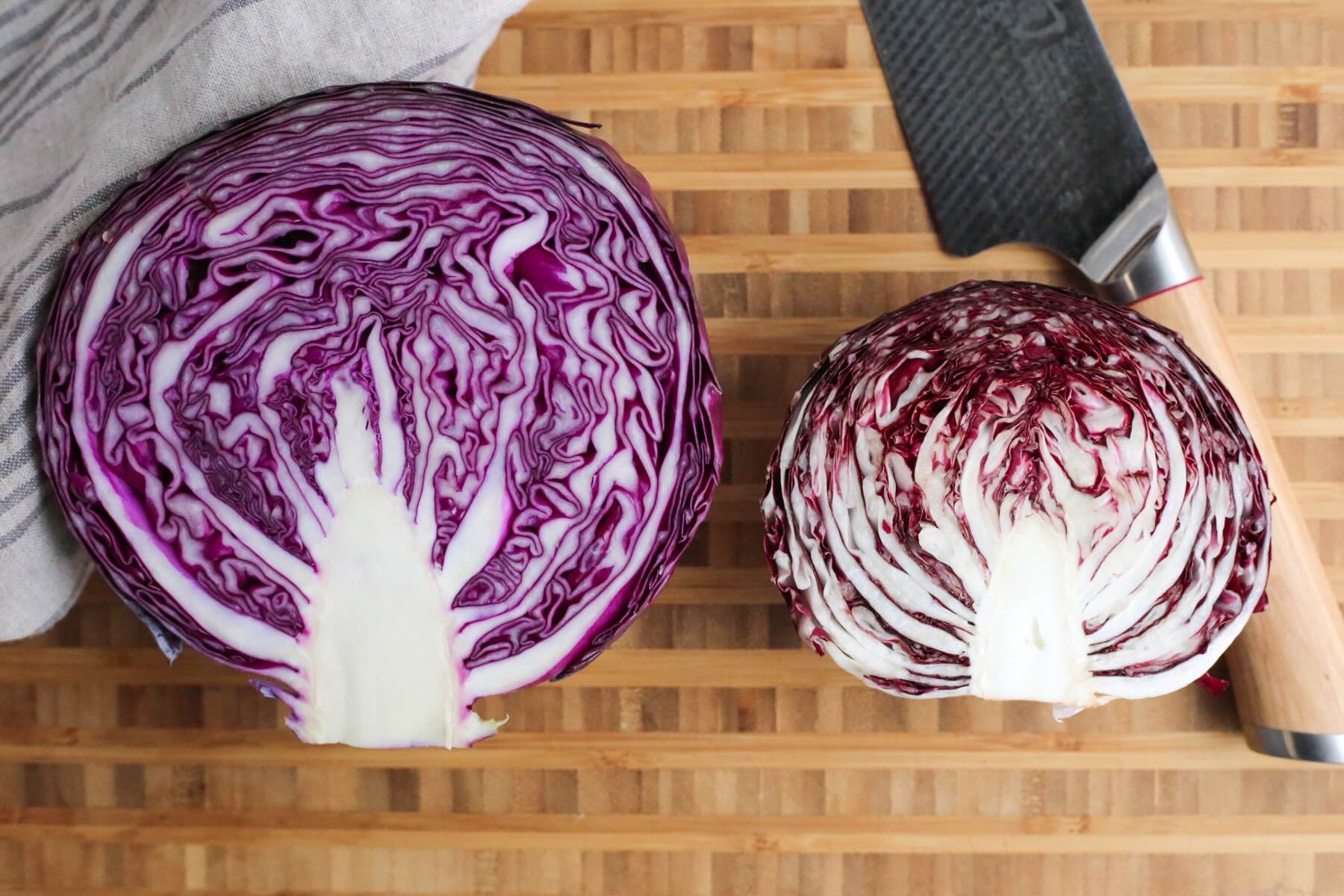
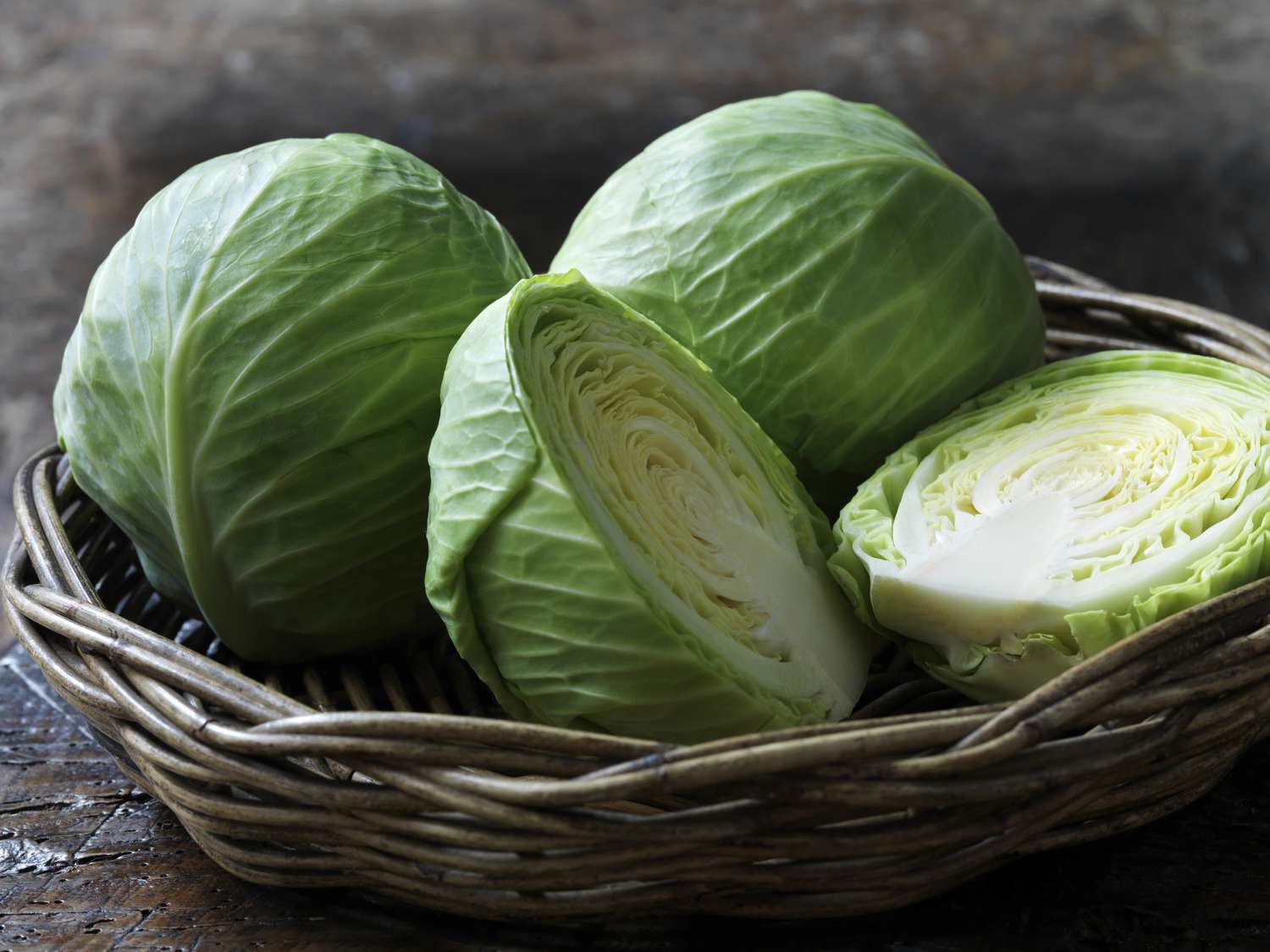
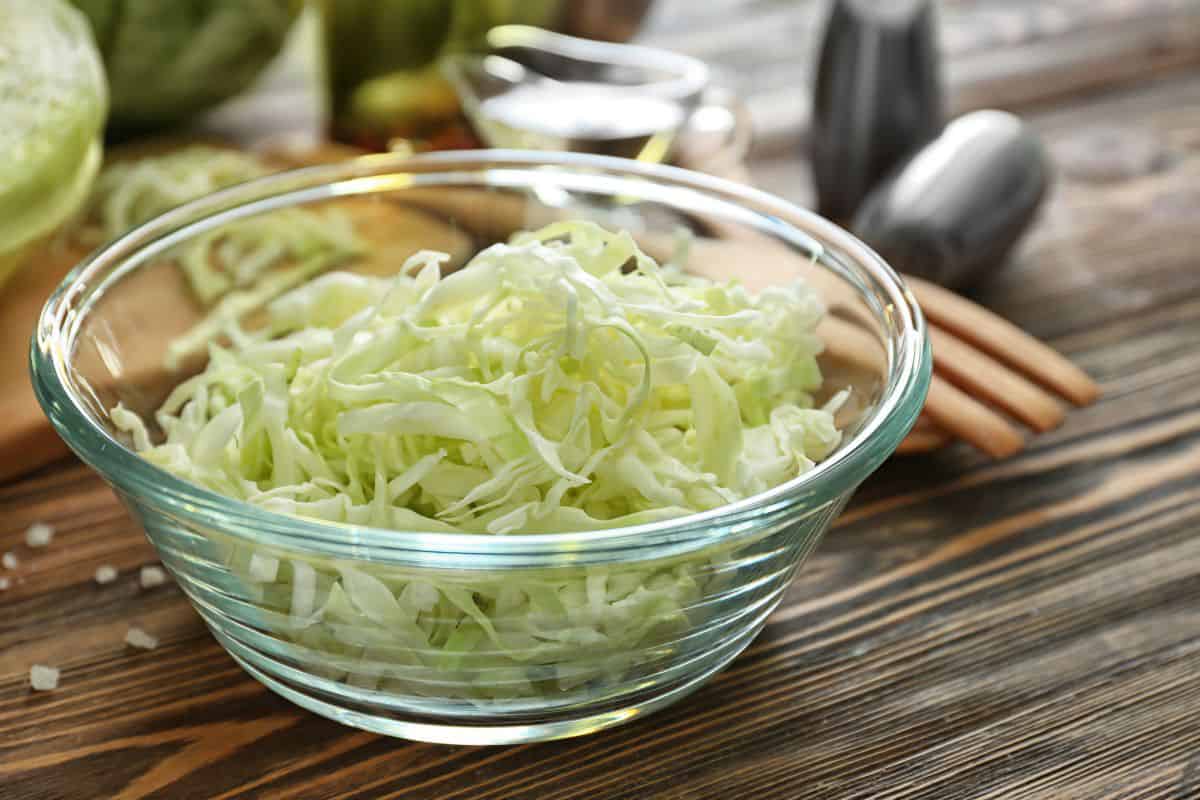
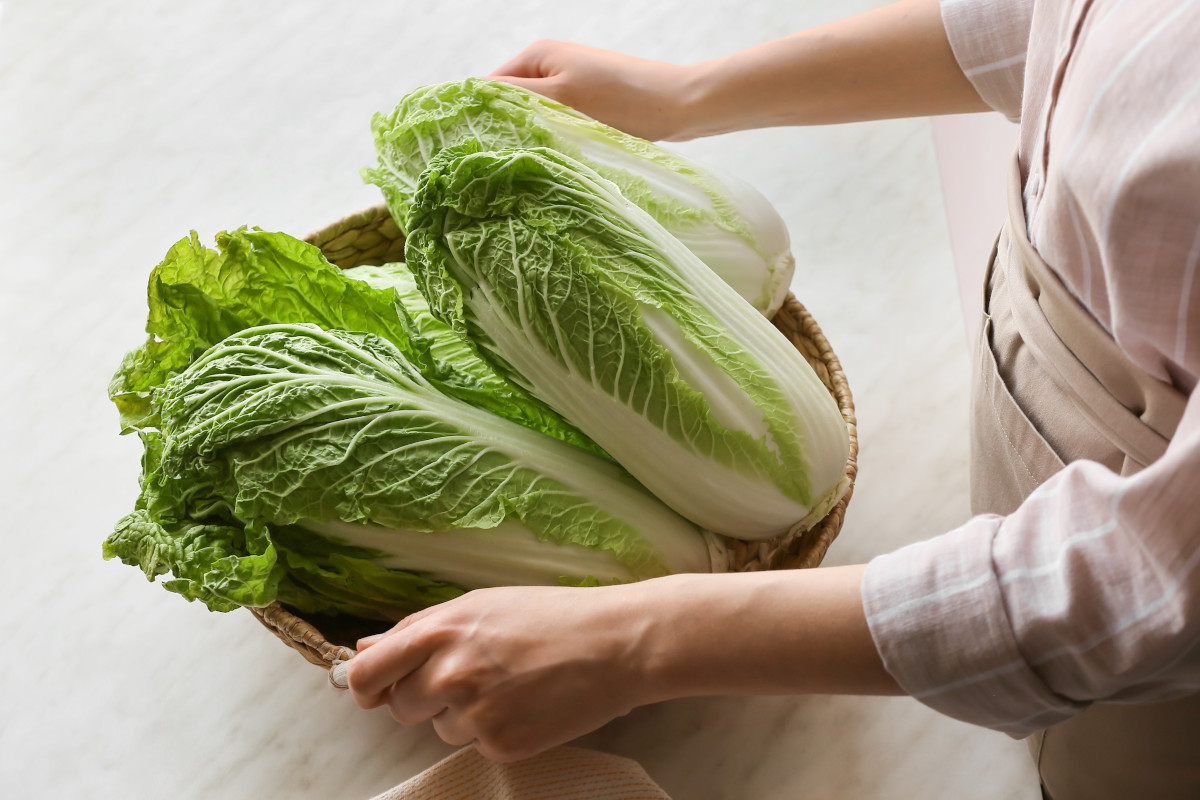
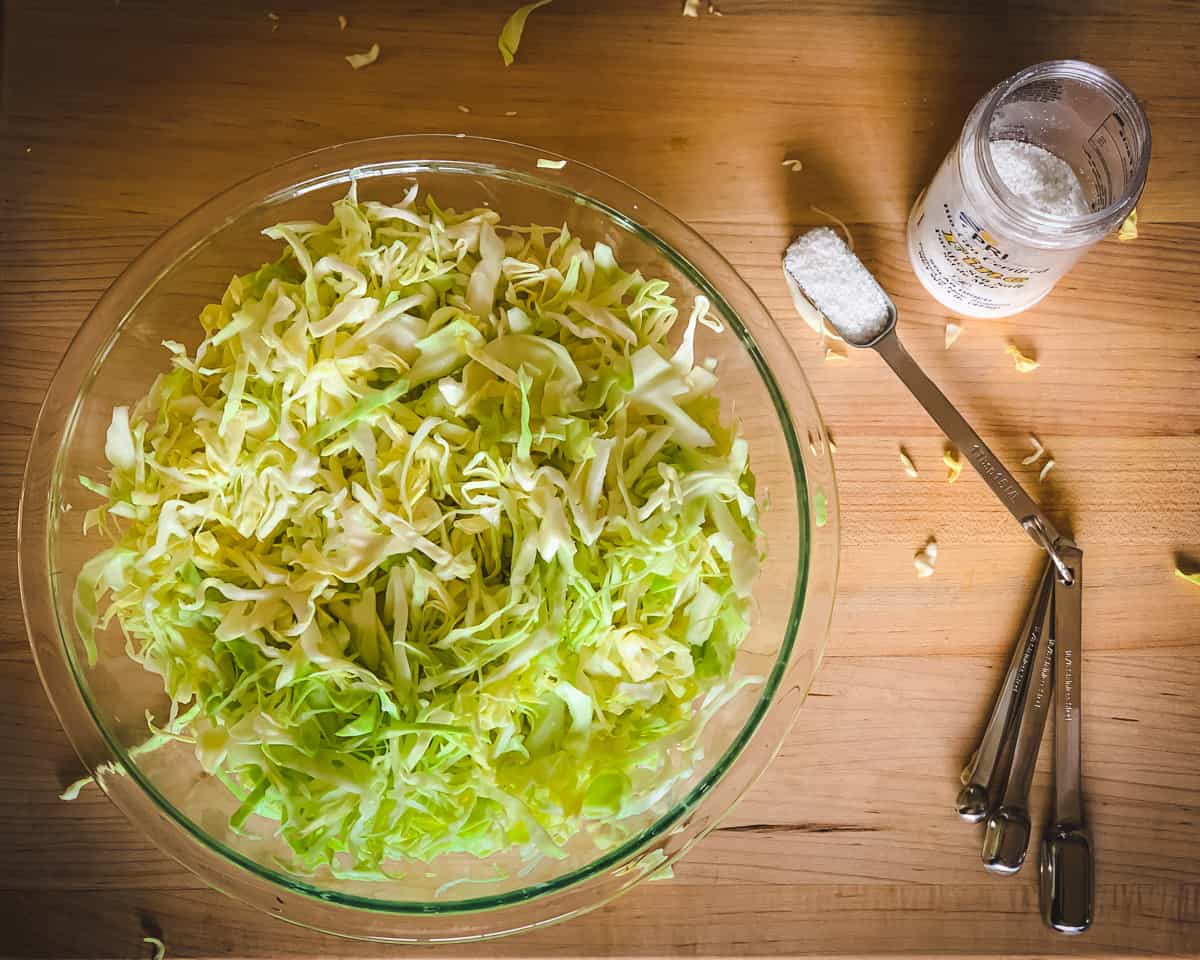
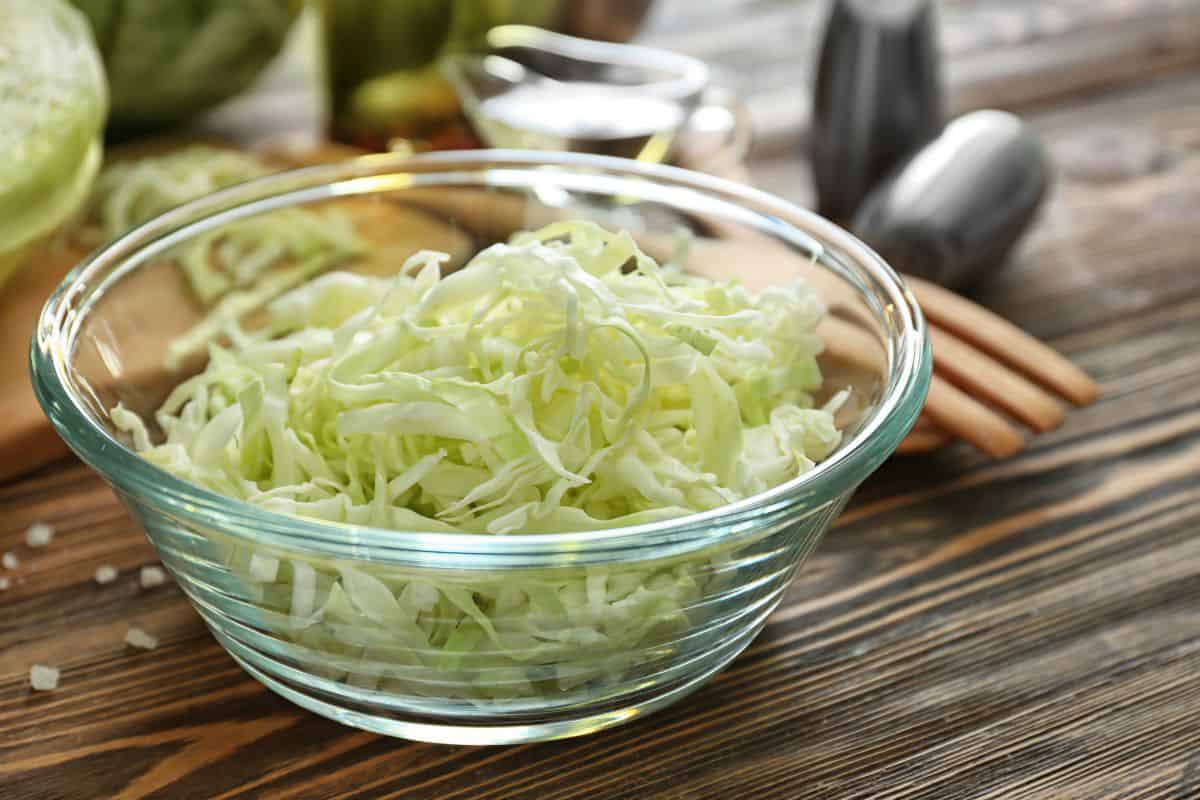
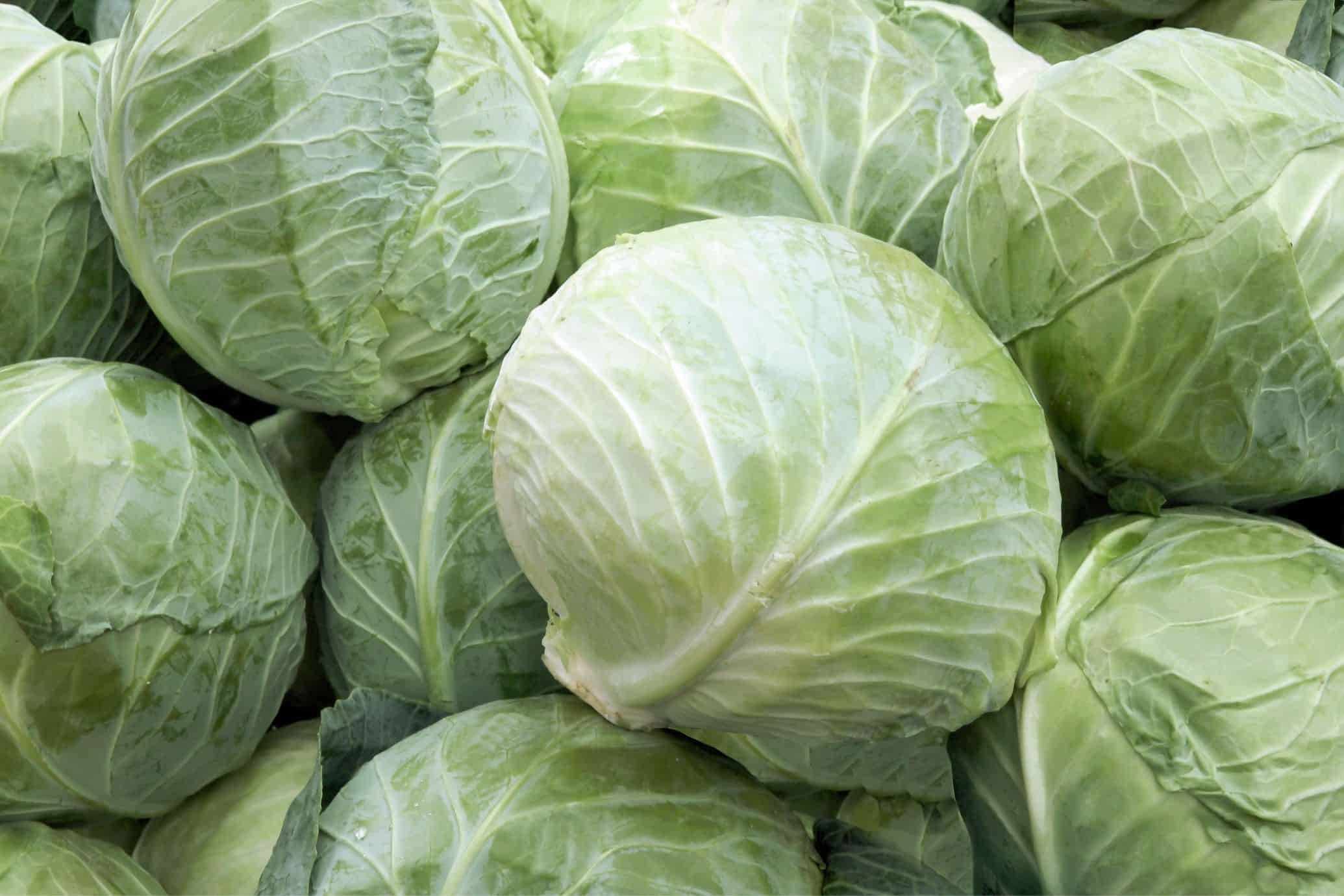
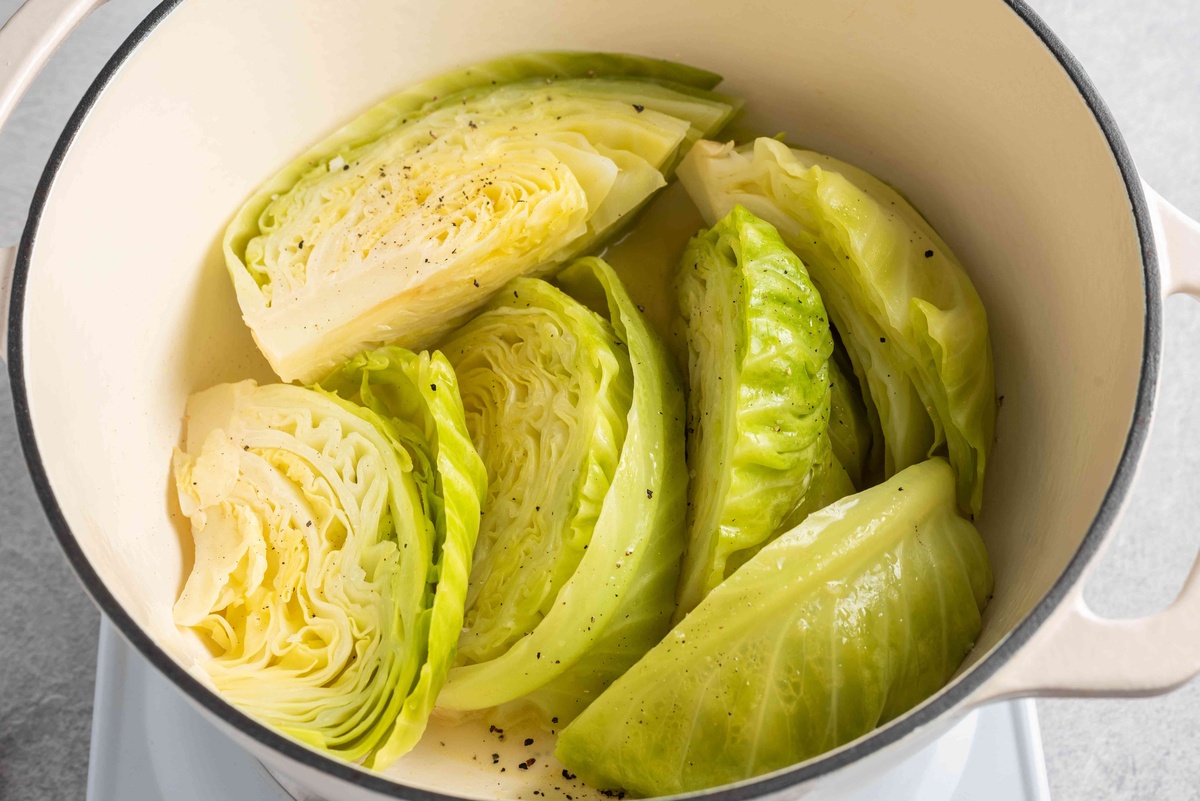
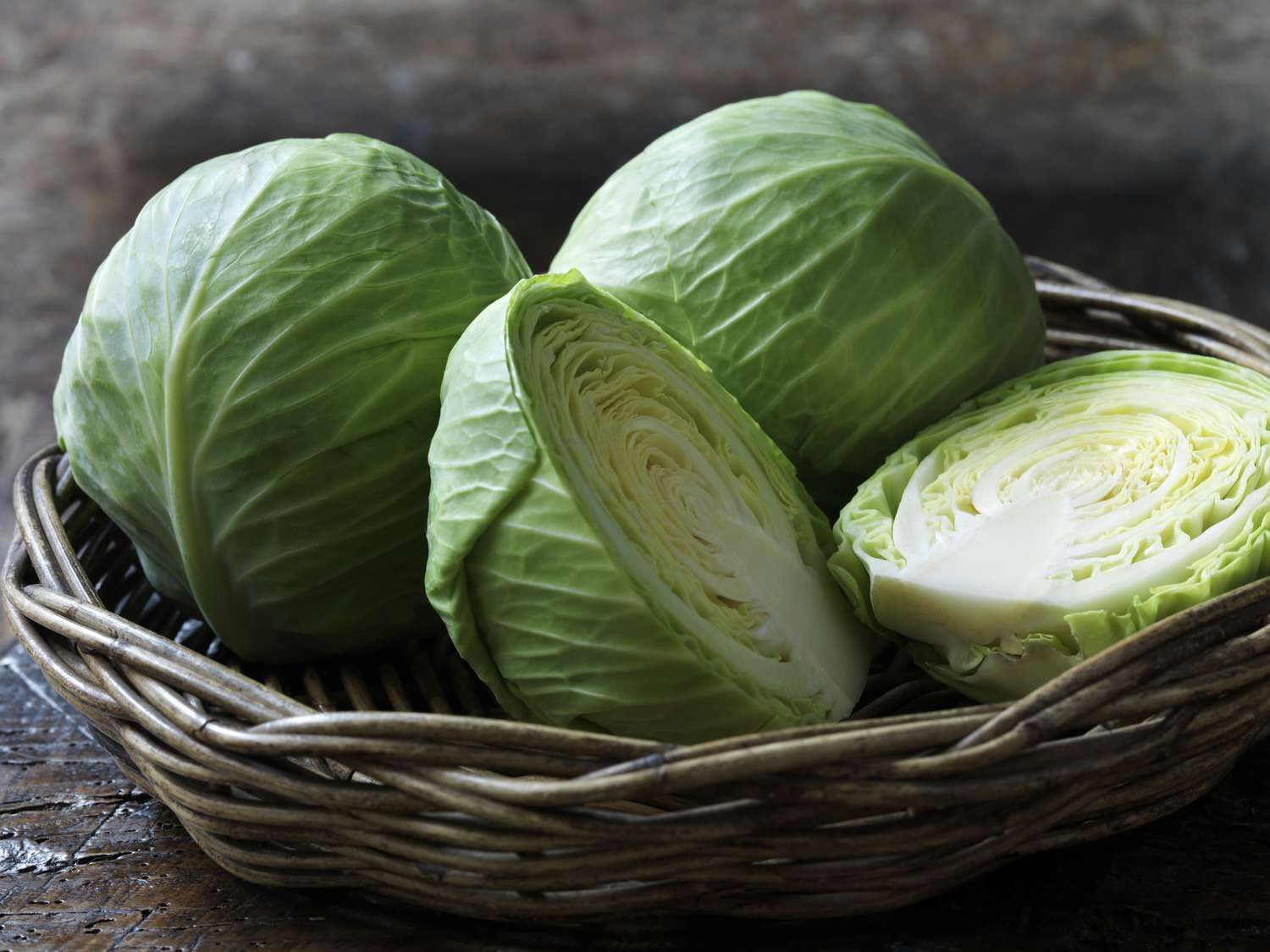
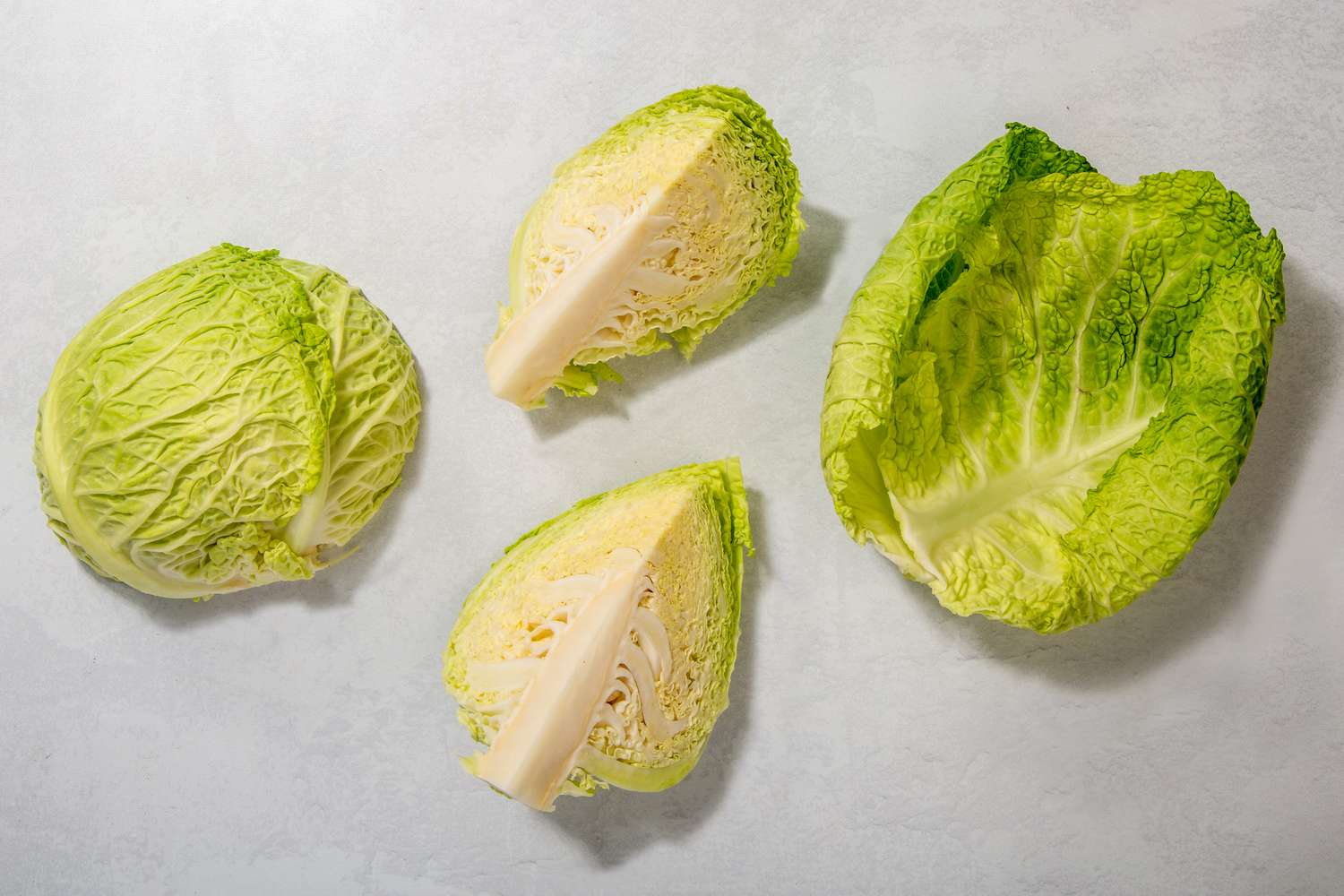
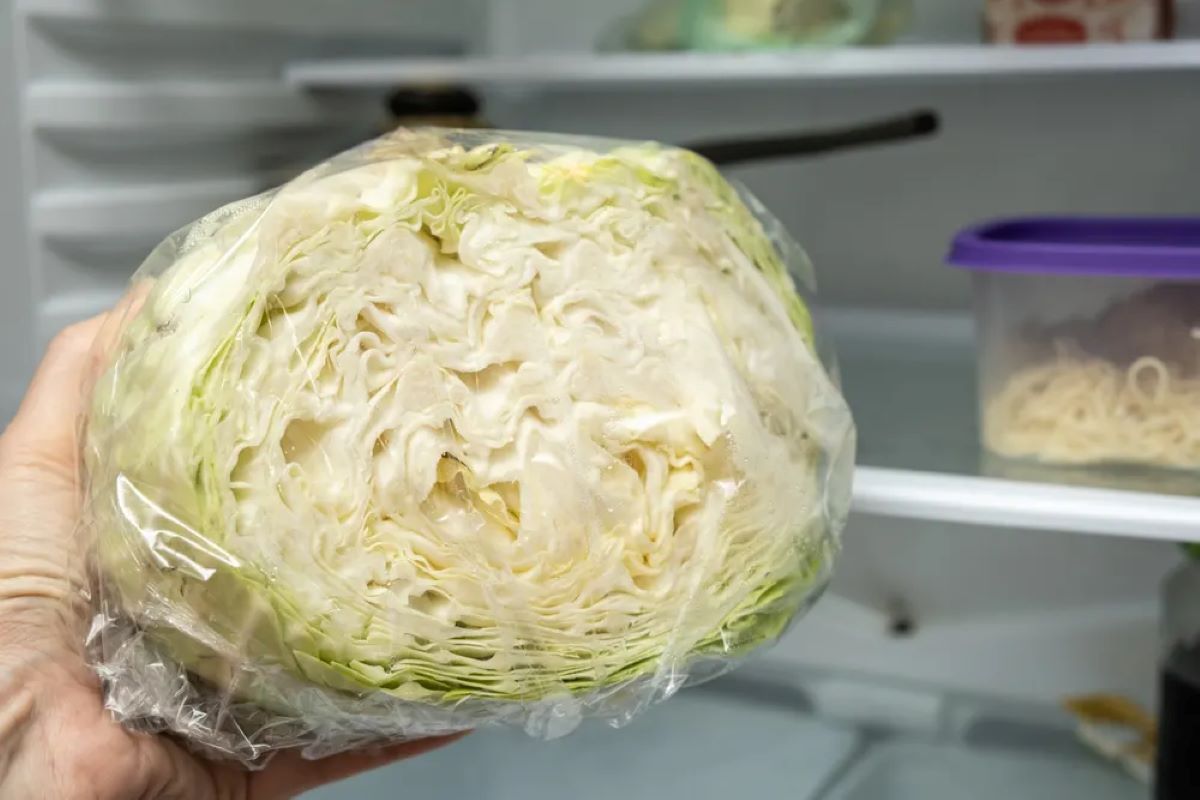
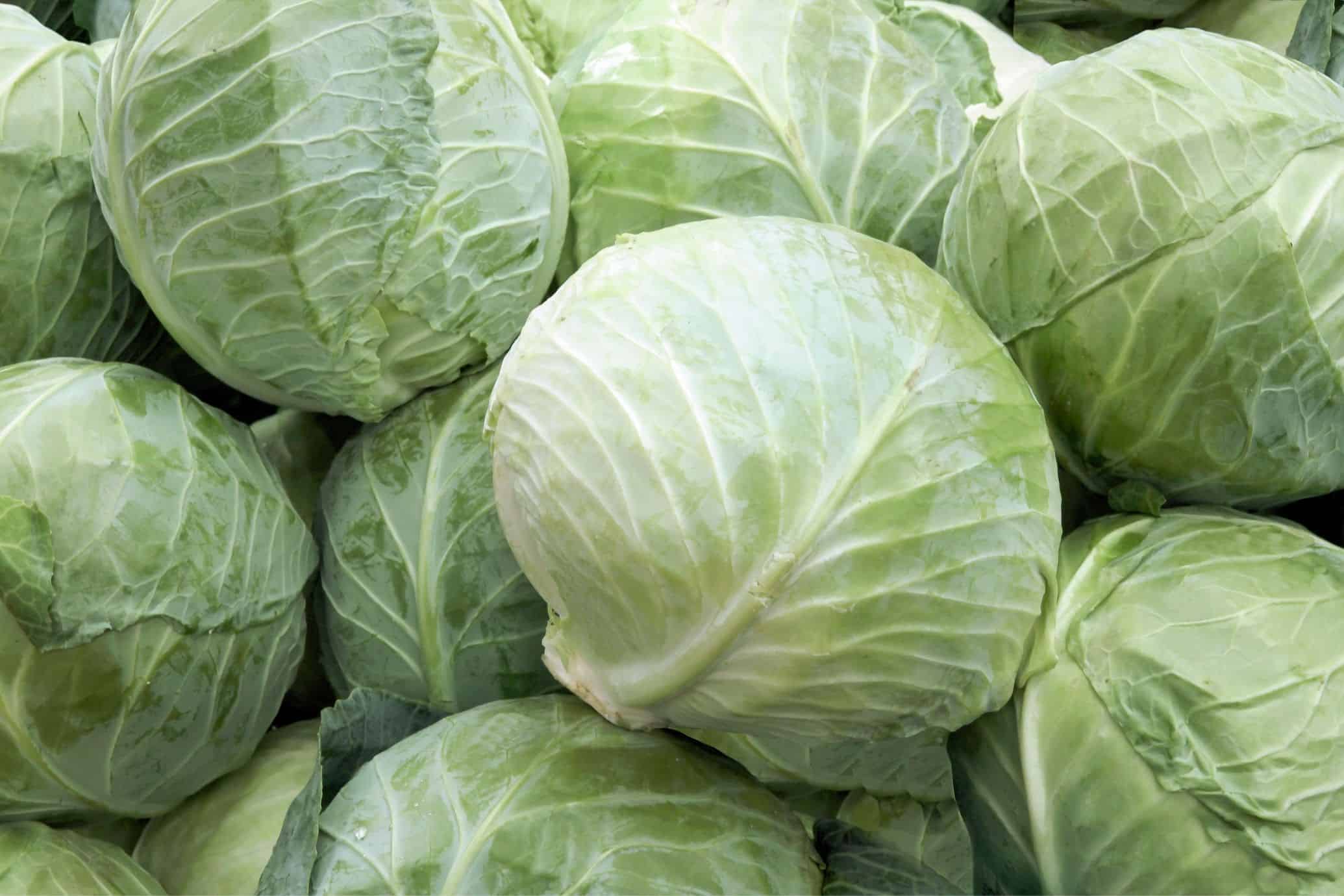
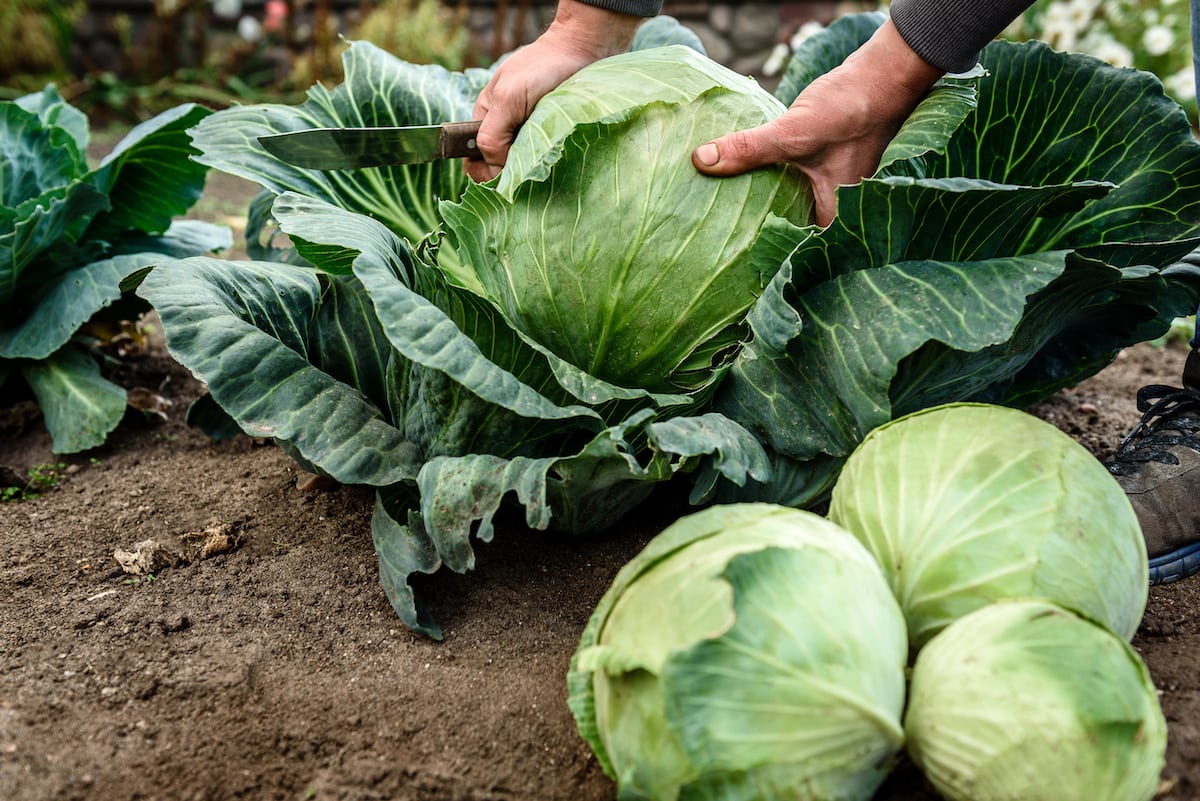
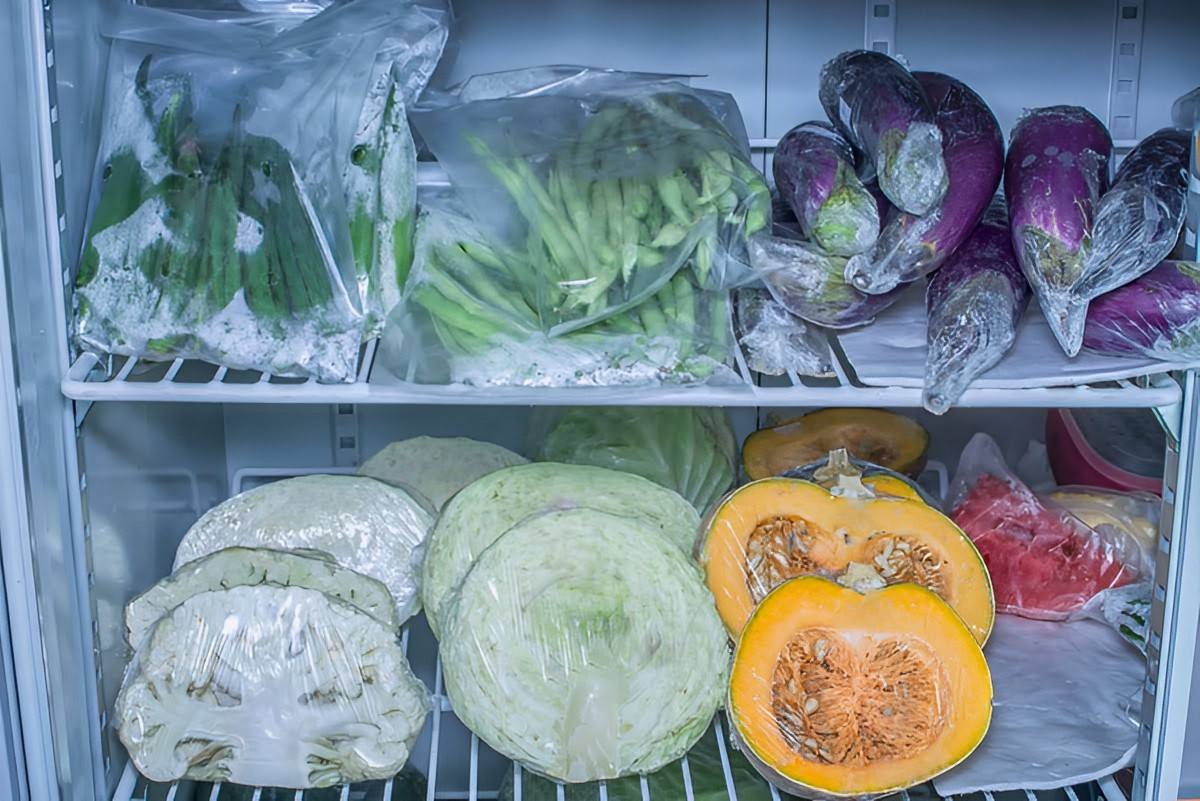

0 thoughts on “How To Store Cabbage In The Refrigerator”